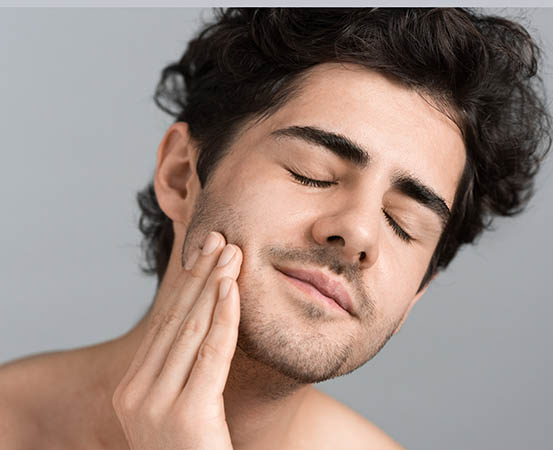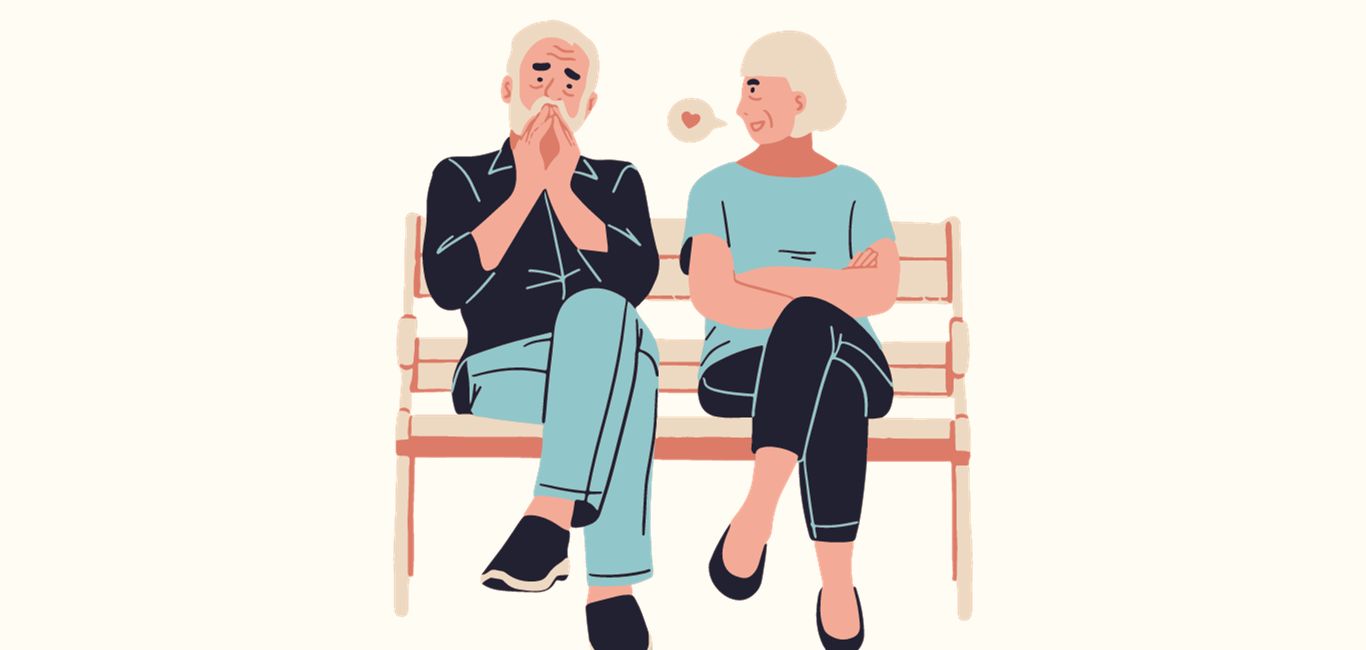
The easily available credible knowledge and resources have made people aware of the importance of physical activity, leading to many exercising regularly. With the rapid advances in science and the increasing understanding of the human body, the forms of exercise have also evolved. New ways to prime the body and mind are being designed too. One such method is facial exercise.
Once considered a part of rehabilitation programmes, facial exercises have seeped into the fitness lexicon. Exercising the facial muscles comes with many benefits. Hence, the number of takers is on the rise.
Blood circulation and facial exercises
The face has a high concentration of blood vessels and nerves. Facial exercises help activate the muscles on the face by stimulating the nerves and facilitating blood flow.
“Any exercise … improves their internal circulation,” says Dr Nutan Pakhare, a Mumbai-based ayurveda and yoga consultant. “The face is connected to a lot of blood vessels and nerves internally. Facial exercises help activate facial muscles. They enable the blood vessels to efficiently deliver blood to the facial muscles which nourishes the muscles and skin tone. It is also necessary for the rejuvenation of cells. The face needs healthy blood flow. Otherwise, it leads to the formation of dead cells.”
Muscle elasticity and strengthening
According to a review paper published in the Journal of Korean Physical Therapy, subjects who performed facial exercises showed improvement in skin elasticity, increase in thickness and cross-sectional area of facial muscles. It also helped increase the strength of the facial muscles, particularly around the lips.
Benefits of patting the face
Patting different points on the face has benefits like activating pressure points and relieving stress.
“There are other nerves in the face region in addition to facial nerves. All those nerves are stimulated or activated by patting,” says Dr Pakhare.
Suresh Babu, a yoga instructor from Bengaluru, says, “Patting lightly on the temple, eyebrows and cheeks with the hands is a simple stress buster. It helps people relax by activating the pressure points.”
Eye movements are also part of facial exercises. Babu adds that the clockwise and anti-clockwise rotation of the eyeballs helps reduce eye strain caused by excessive screen time.
Neck movements
The movement or stimulation of the muscles in the neck region affects the facial muscles as it is directly connected to the face.
“The deeper supporting muscles begin to fade away from poor posture due to lack of use,” says Babu. “Neck movements like rotation or bending towards the sides help relieve the strain of bad posture.”
They also stimulate the endocrine system and parathyroid gland, Dr Pakhare adds.
Pulling facial muscles
Facial muscles can be stretched by gently pulling the cheeks, eyebrows, and ears with the hands. “After a long sleep or wearing the helmet for a long time, [stretching facial muscles] helps stimulate the pressure points and soothe them,” says Babu.
Takeaways
- Facial exercises, comprising of pats and stretches done on the face, enhances blood flow and stimulate the muscles.
- Some exercises include patting on points on the face, eye rotation, neck stretches, and pulling and relaxing the muscles of the face.
- Facial exercises enhance blood circulation which improves muscle elasticity and strength and relieves stress.

















